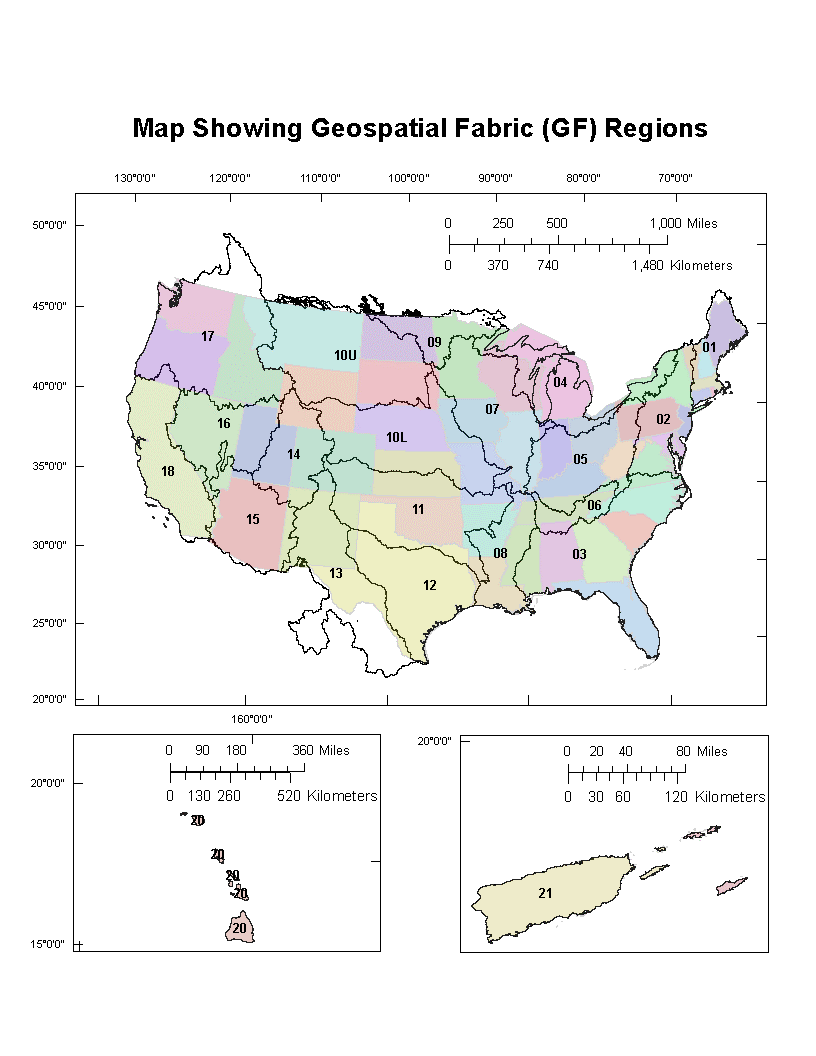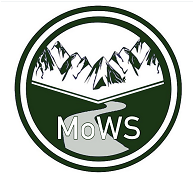A Geospatial Fabric For National Hydrologic Modeling
The Modeling of Watershed Systems (MoWS) project, part of the USGS Water Mission Area's National Research Program, conducts research into surficial hydrologic processes and their simulation. Software, including simulation models, geographic information systems (GIS), data handling tools, and data sets are produced as part of the project output. This web page is the home page for national GIS data sets that form a common Geospatial Fabric for hydrological modeling across the United States.
The Geospatial Fabric currently includes two main products: 1) GIS features and 2) tables of attributes about those features. Each of these data products is distributed according to a set of regions defined for the country, as shown below. The portion of the respective data product for a given region is available in an ESRI file Geodatabase (version 10.2). The attribute tables from one Geodatabase can be joined to the GIS features of another using standard relational operations in the ArcGIS platform, enabling the user to visualize spatial patterns of attributes or conduct further analyses.





